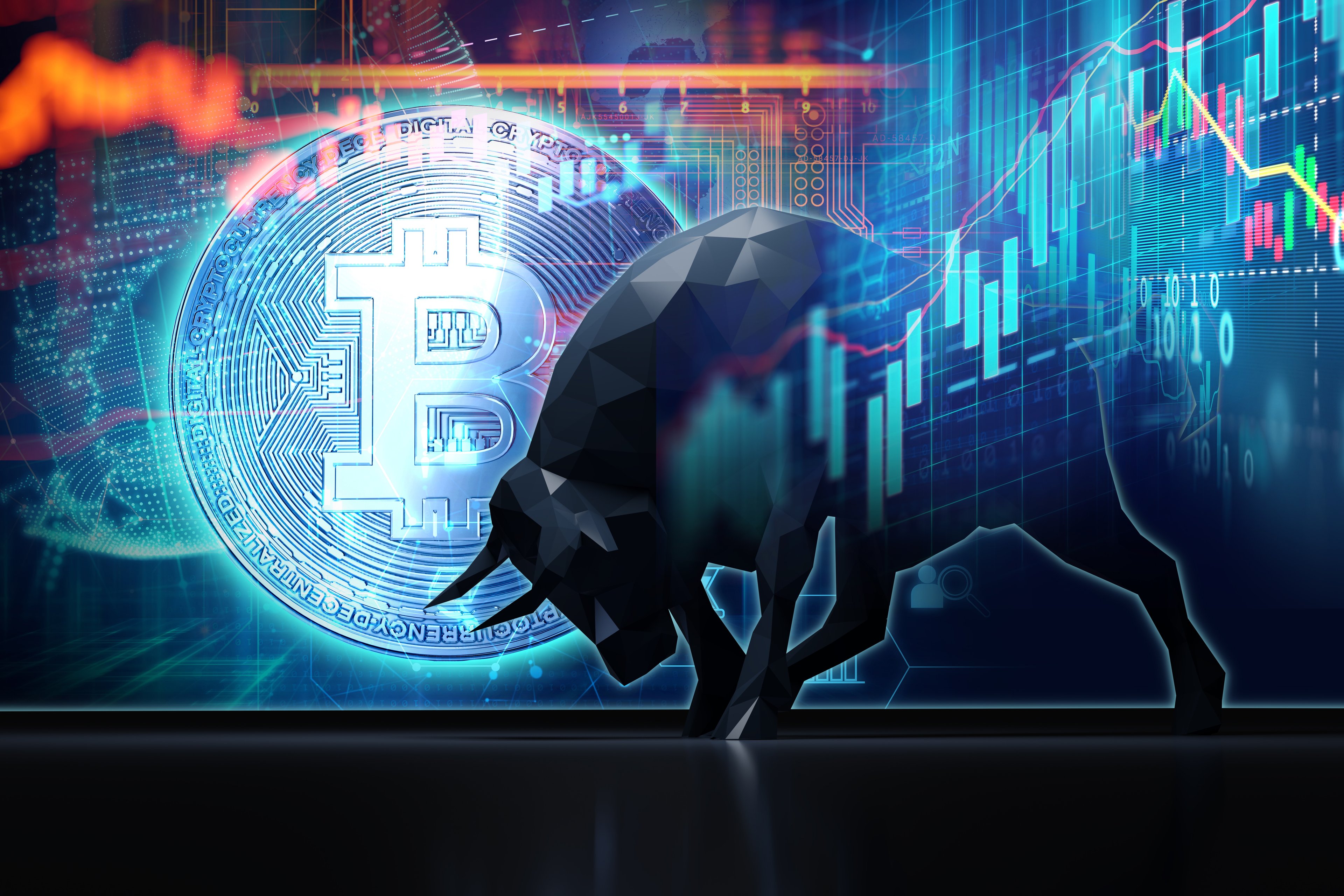With only so many XRP (XRP 0.45%) tokens floating around today, and even fewer likely to be available in the future, investors eyeing fresh upside may need to move quickly.
Priced at roughly $3.18 per coin, XRP is already up 53% this year (as of July 24), yet three converging forces could make the second half even spicier. Between an impending exchange-traded fund (ETF) approval by regulators, a brand new wave of companies stockpiling the token, and its expanding role as a settlement backbone for traditional finance, the squeeze could easily intensify from here into 2026.

CRYPTO: XRP
Key Data Points
This mixture of tailwinds is squeezing the float
The Securities and Exchange Commission (SEC) is scheduled to rule on whether an asset manager can issue an XRP ETF as soon as today, July 25.
If the agency gives the thumbs up, asset managers will need to buy and warehouse a sizable inventory of tokens almost overnight, opening a new firehose of demand. Even if the SEC punts on the approval again, as it did with other XRP fund products in June, merely having a live application keeps institutional capital on standby and bolsters sentiment too.

Image source: Getty Images.
While Wall Street waits for a legalized buying opportunity, there are a few businesses which are already treating XRP as a treasury reserve asset, much like companies that buy and hold Bitcoin.
The indoor agriculture company Nature's Miracle just launched a program to buy as much as $20 million in XRP for long-term holding. Furthermore, Singapore-based Trident Digital is raising $500 million in capital for an XRP-centric crypto treasury fund designed to lock coins away for years, not months. Across dozens of similar announcements, the total disclosed commitments to buying XRP are nearing $1 billion.
Assuming these companies deploy all of that capital at today's price, roughly 300 million XRP, out of the 59.1 billion XRP in circulating supply, could come off the open market. That may sound small, but with trading already thin, a few hundred million tokens disappearing into vaults can shake up the supply-demand balance in a hurry.
The direction of the market is unmistakable here. More entities want to hold XRP, and few are saying that they want to sell it or sell it short in a bet it declines.
Utility is a key part of the story here too
While ETF headlines grab eyeballs, Ripple, the issuer of XRP, has been busy turning XRP into a system of financial plumbing that's intended for institutional investors and financial institutions to use every day.
Ripple Payments now boasts more than 90 payout markets, and it has settled north of $70 billion to date using both XRP and Ripple's native stablecoin. That scale is expanding fast, and internationally. In May, the company secured a Dubai Financial Services Authority license and then immediately onboarded both Zand Bank and the fintech Mamo as the U.A.E.'s first blockchain-enabled payments clients.
Every new payments corridor, or stablecoin on-ramp, increases the likelihood that counterparties will need to hold a working balance of XRP rather than constantly swapping it in and out of their local fiat currency. Idle cash inside the network effectively becomes dead float, tightening supply for everyone else who might want to buy it. Even institutions that prefer to minimize token exposure must still acquire XRP to pay on-chain fees, a tax that scales with transaction volume, so pretty much every single ounce of adoption is favorable for the coin's price over both the short and long terms.
Add it all up, with a looming ETF catalyst, a fast-growing cohort of XRP-denominated treasurers, and an enterprise payments engine spreading across multiple continents, and XRP's chances of continuing its bull run look very solid.
None of these factors alone guarantees a moonshot, but together they form a classic recipe for a supply crunch, and with the macroeconomic conditions adding fuel to the fire, this coin's holders will probably be very satisfied through the rest of this year and perhaps beyond.






